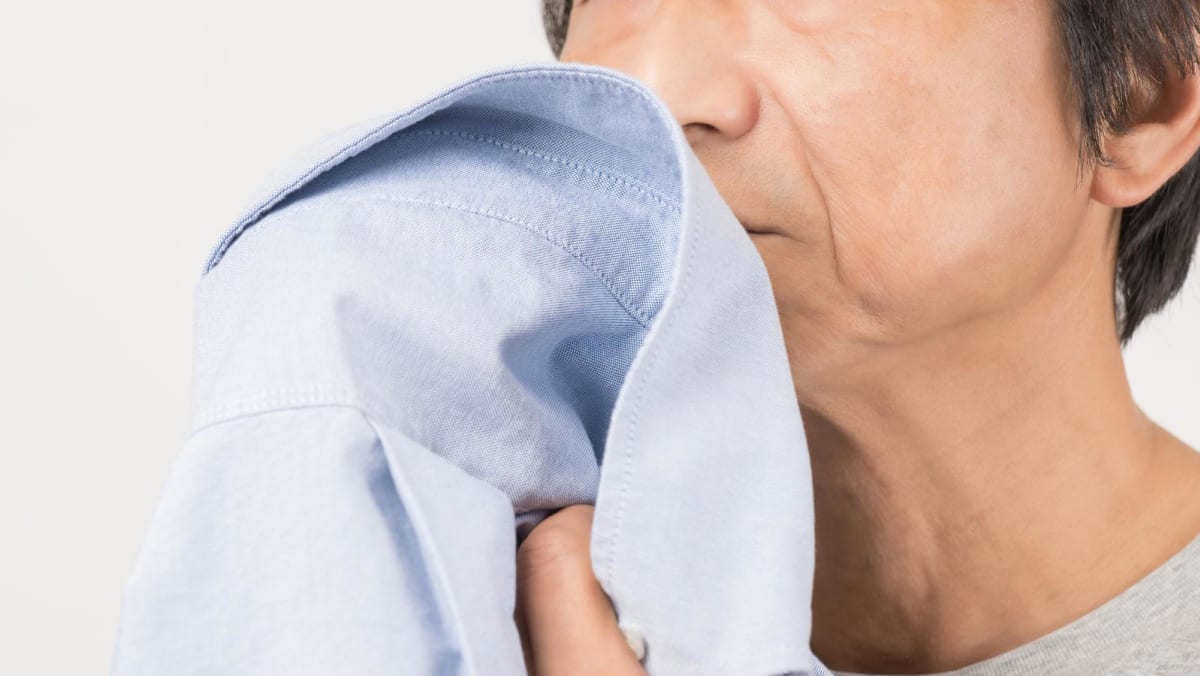
“Apocrine sweat tends to contain more lipids and proteins, while eccrine sweat is mostly composed of water and electrolytes,” he said. “When bacteria break down these substances, the resulting odours can vary. Bacterial action on the lipids and proteins in apocrine sweat leads to the characteristic body odour.”
If you’re wondering what lipids are, they are an ingredient in sebum, the same pimple-causing stuff you’ve been fighting in your adolescent and adult life. “Sebum primarily comprises lipids, triglycerides, wax esters, squalene and cellular debris. When exposed to air and bacteria, these components can undergo oxidation and breakdown, resulting in a slightly oily and sometimes musty smell,” said Assoc Prof Lim.
HOW DOES THE “OLD PERSON SMELL” COME ABOUT?
A few things can give rise to this unique odour; one of which is 2-nonenal. A study on subjects between the ages of 26 and 75, noted that this colourless, insoluble, unsaturated aldehyde was detected only in those aged 40 years and older. Incidentally, 2-nonenal is the same compound found in aged beer and buckwheat, and has been described to smell greasy and grassy like fat and cucumber.
The smell-inducing 2-nonenal is a by-product of omega-7 monounsaturated fatty acid after oxidation, said dermatologist Dr Eileen Tan from Eileen Tan Skin Clinic & Associates, Mount Elizabeth Novena Hospital. “Age-related body odour likely has nothing to do with personal hygiene,” said Dr Tan.
